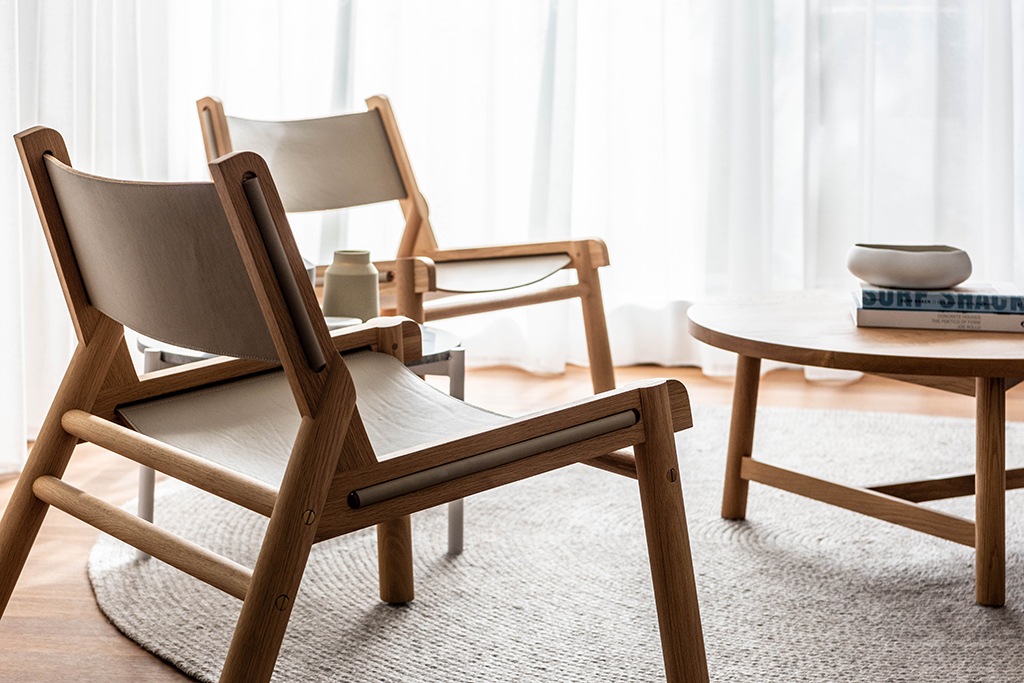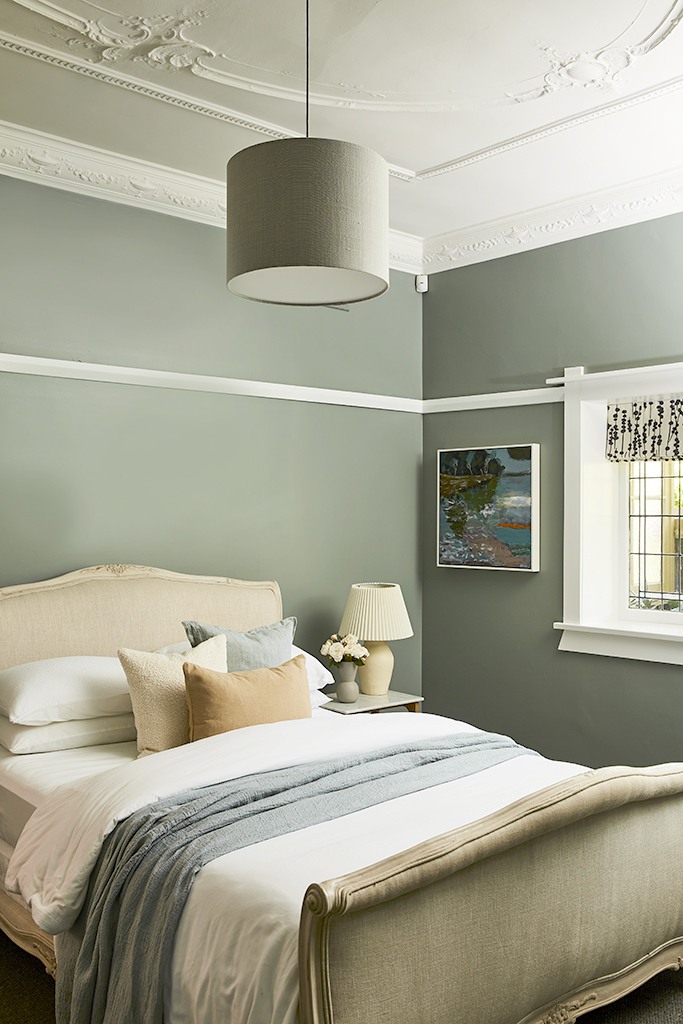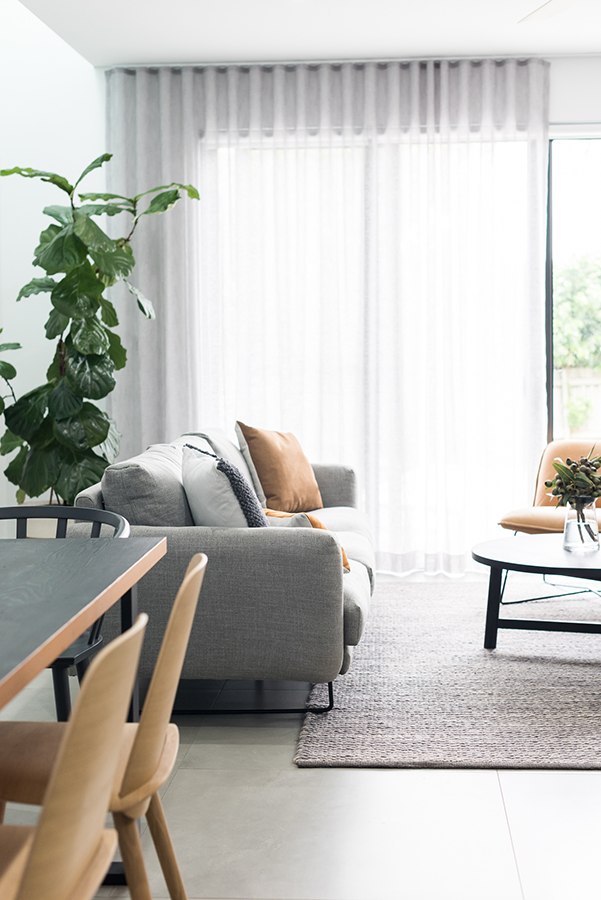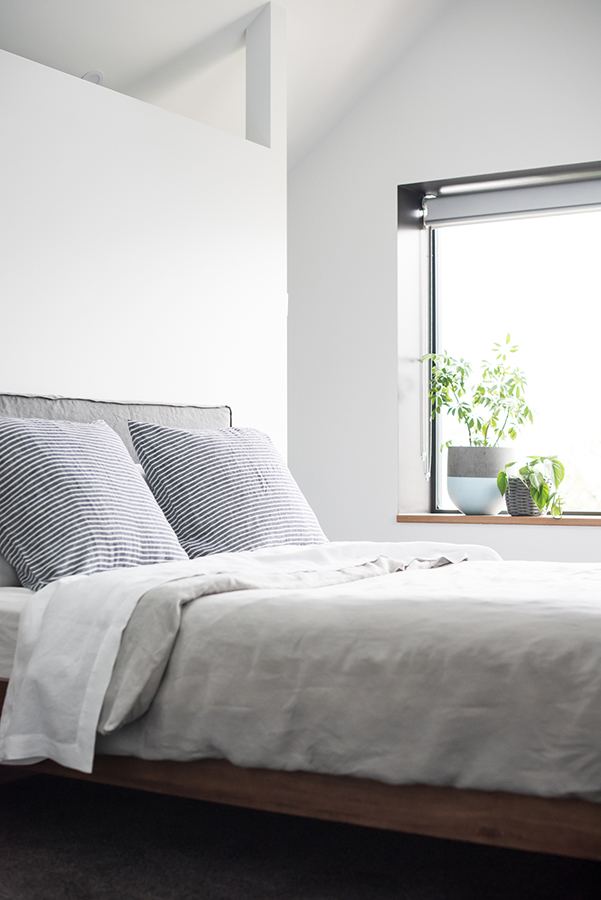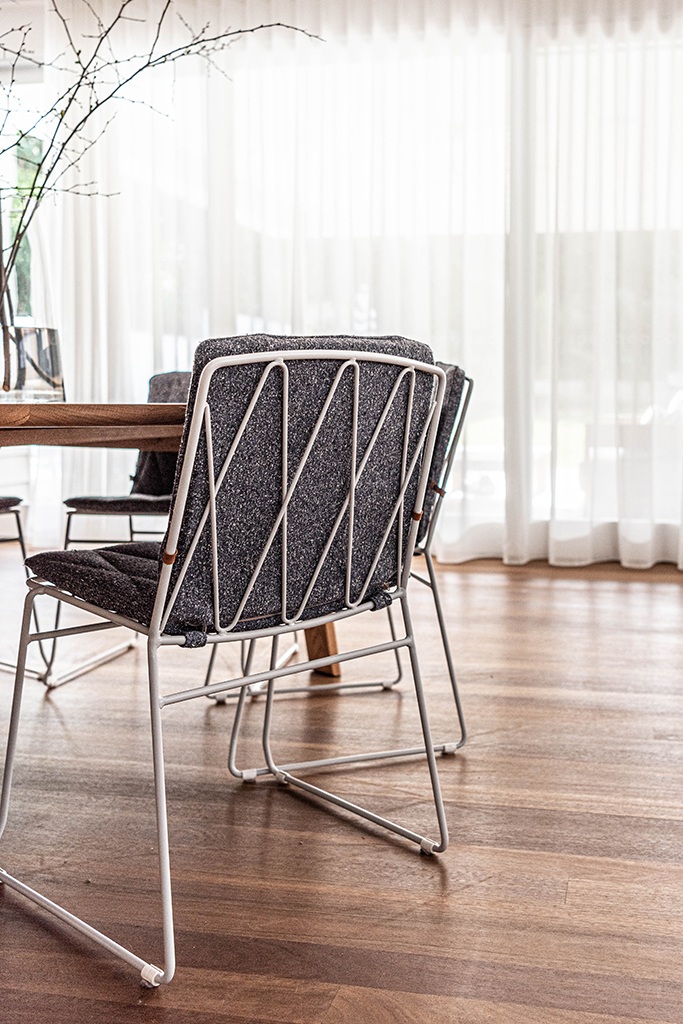Often described as the ‘jackets of interior design’, window coverings can make or break an outfit, i.e. a room. While they’re often the last thing you add, though, there is still a lot of thought that goes into choosing which one is best for the particular room.
Window coverings don’t have to be your final thought. Have you ever built your outfit around the particular jacket you want to wear? Or a particular pair of shoes that you’ve just been itching to slip on. The same can happen for your window coverings – choose them first, and then work your way inwards into the room.
The question is: how?
We asked designer Annie Bowen for some tips.
It’s not a cookie cutter decision
Much like she runs her design studio, deciding on window coverings is not a cookie cutter decision.
“We don’t believe in a cookie cutter approach, more that each home is different and should reflect the individual needs and personality of the people that live there,” Annie explains.
“Our interior designs respond to the style of architecture, the aspect. We start each project by building a colour palette that works for the entire home, then layer elements from there to give a space personality.”
The same goes for the window coverings, with a personalised approach to each and every room.
Understand the use of the room
There are no hard and fast rules when it comes to choosing the style of window covering. But one thing you absolutely have to think about is how you use the room.
Sheer drapes, for example, don’t work well in a bedroom, unless you pair them with another blind or set of curtains. Sheer curtains on their own are a recipe for disaster as soon as that sun starts streaming in when it rises.
For kitchens and bathrooms, Annie says it’s all about practicality. “Shutters can be great in bathrooms as they still look nice, while providing privacy,” Annie says, although she does admit that she has seen many trends adopted in various bathrooms.
“There has been a trend recently to use linen curtains in bathrooms but I would only do this in a very large bathroom where the window is well away from any wet area.”
Annie also says, when building a new home, that it’s a good idea to work with the builder to hide certain elements.
“Often we have a roller blind that needs to be used but if it is possible I ask the builder to allow for a recess in the ceiling to hide the roller blind when it is up,” she says. “Roller blinds don’t have to be ugly.”
Mix the practical and the pretty
Window coverings should be practical. They’re there for a reason – to block out the sun and other elements, for privacy and to protect your home inside. But that doesn’t mean they can’t look nice too. Remember, window coverings are just as important as the furniture, they can make a statement, so choose wisely.
“Window treatments offer two parts – both practical and decorative,” Annie notes. “I feel that curtains or soft Roman blinds make a living room or bedroom feel finished; they add that final layer of soft furnishings that a room needs. We often use a sheer curtain as a decorative element to soften the strong square/rectangular shape of the windows and finish the room. However, the practical side can be black out requirements for bedrooms, or privacy or sun screening for living areas.”
Importantly, both need to be considered and they shouldn’t clash, rather than should complement each other. “Whatever is chosen to address the more practical side of things also needs to be chosen so it doesn’t distract from the decorative element,” Annie reminds us.
Colour matters
For Annie and her team, colour remains at the forefront. In fact, it’s the starting point for a lot of their work. “Even with a neutral colour palette, the selections made for paint colours, flooring, tiles, bench tops etc all need to sit harmoniously and read like one story,” Annie advises.
“If you get this right then every other decision becomes easy.” The same goes for the window coverings. The colour you choose and the type of window covering needs to harmoniously suit the room, whether you want to make a bold statement with the windows or whether you want the covering to slink into the background.
Consistency is important
While you need to choose your window coverings based on the specific needs of the room, it’s important to still be consistent through your home. Whether it’s the same colour scheme, bedrooms all having matching blinds, or using the same material, there should be a sense of cohesion.
Another tip, if you’re using different window coverings, is to keep the placement the same throughout the home. Ensuring the top heights of all window coverings is the same means things are symmetrical throughout.
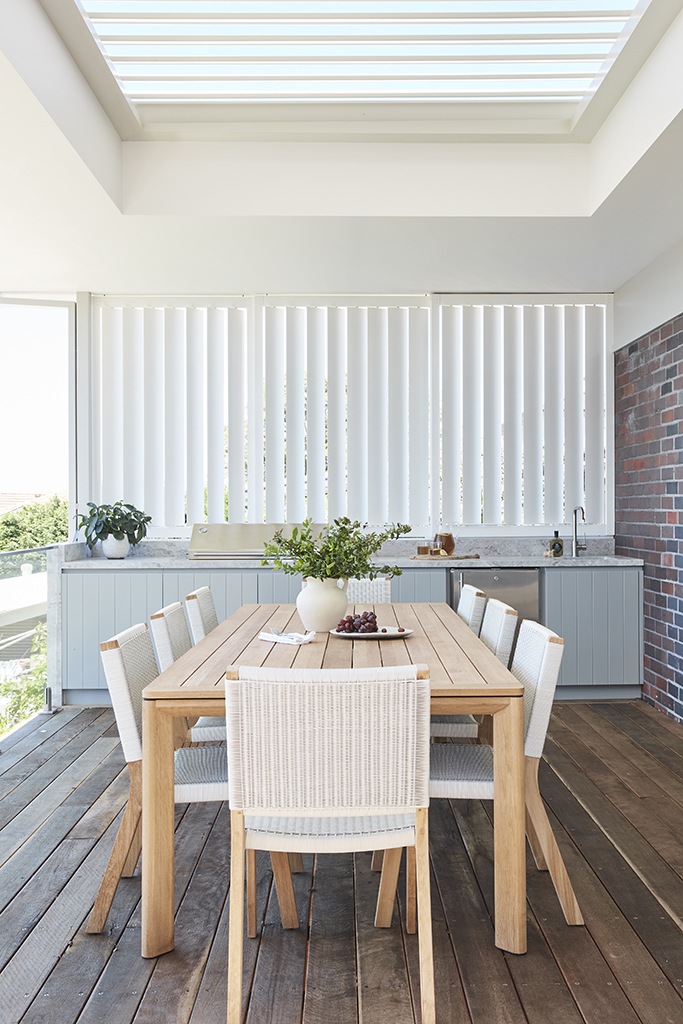
Do your research
The most important thing to do is research, research and then research some more. For Annie, Instagram and Pinterest are great places to start.
“Work out the look and colour you’re after,” she says. “Then consult a reputable curtain maker. Window treatments really do finish a room. If possible, avoid going with the cheapest possible option as you’ll regret it in the long run. I would say buy well and buy once.”

